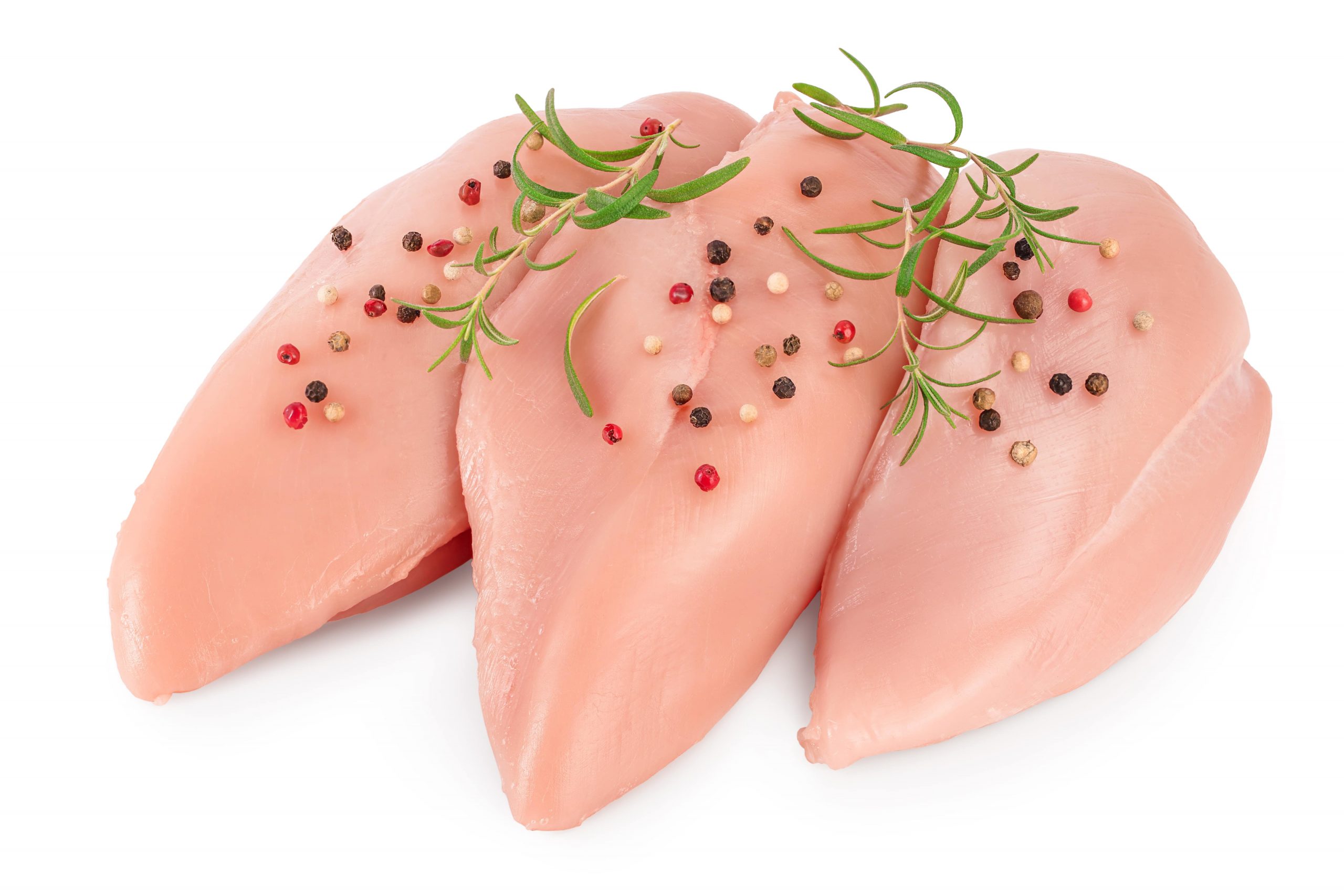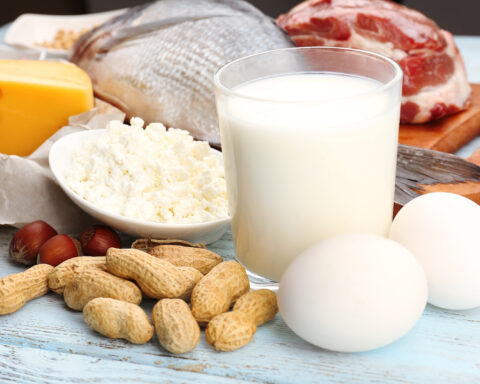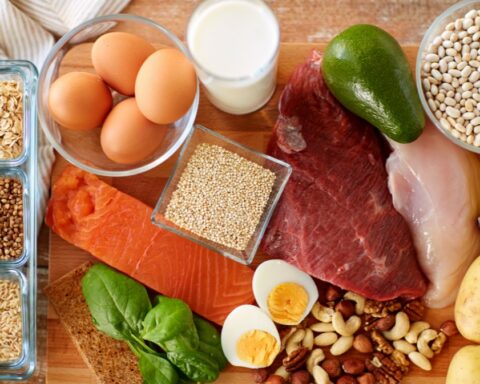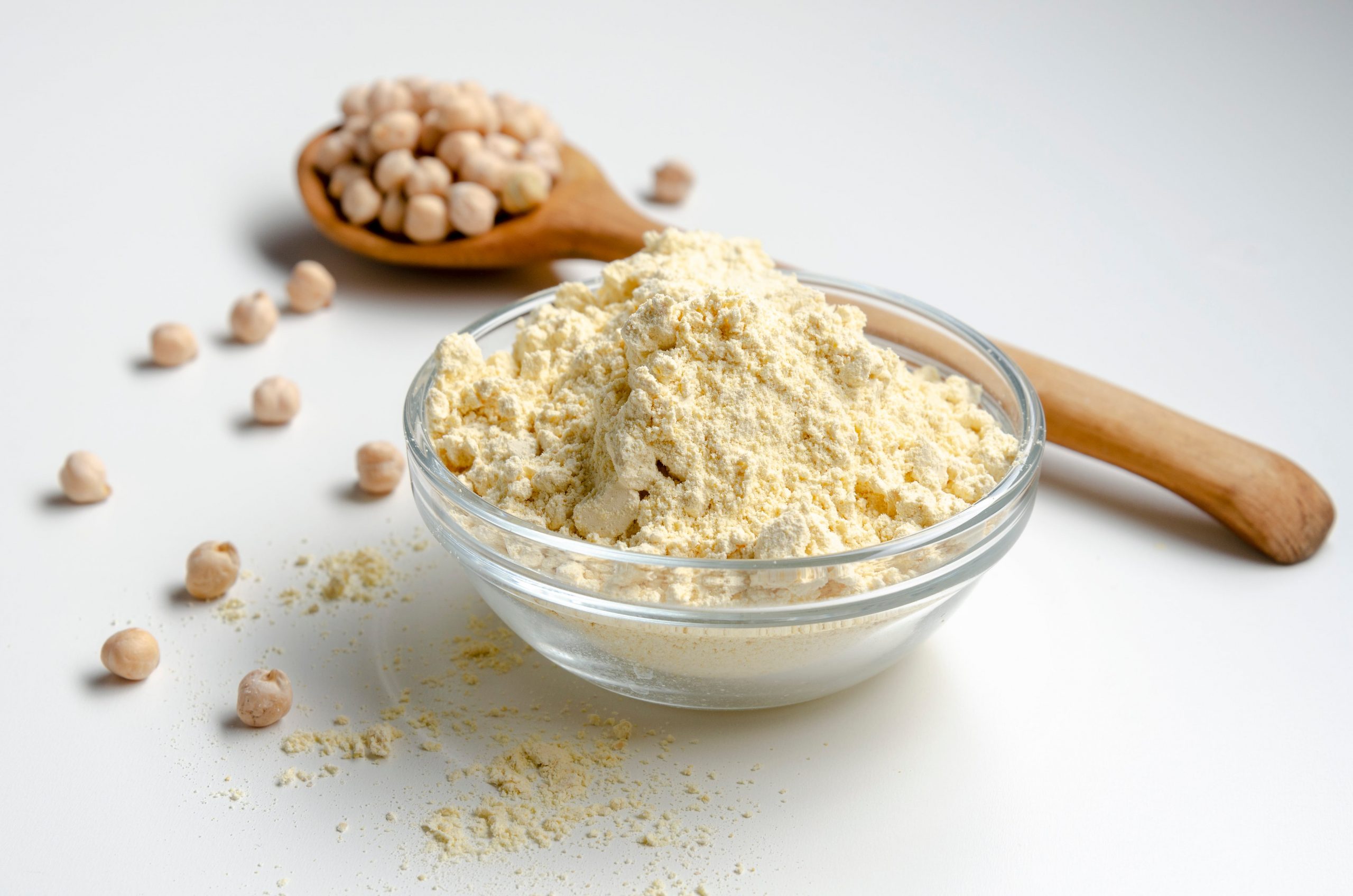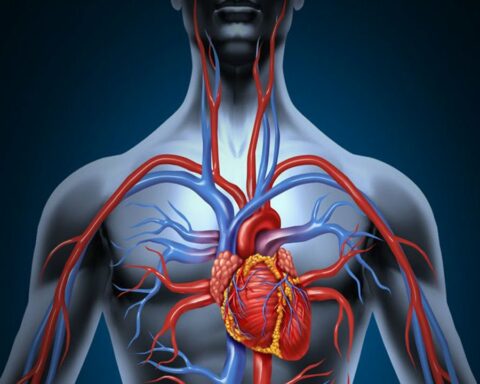Chicken is a lump of staple meat worldwide because it’s so delicious and also rich in proteins. Knowing how much protein each part has helps you make an informed choice of what you will eat.
From America to Africa, Asia, Europe, and Australia, chicken is cherished meat. Unlike red meats with many concerns, home-fed chicken forms a great delicacy with so little to worry about. Besides, it boasts a lot of proteins, hence the love and appreciation workout fellows owe it. Notably, various chicken parts have varied protein amounts; hence, you must know how much protein can be found in the thigh, drumsticks, wings, and breasts. In addition, the cooking method also matters since some techniques may affect the chicken’s protein content. Read this write-up to know how much protein you can reap from what part of the chicken.
a. Chicken breast
The chicken breast is many people’s most loved part. A typical chicken breast weighs 172g and has about 54g protein, translating to 31g of protein per 100g chicken breast. The same 172g piece has 284 calories, meaning that every 100g chicken breast has 165 calories. The chicken breast is ideal for health since 80% of its calories come from proteins, whereas only 20% is fat-obtained. In fact, weight loss enthusiasts and bodybuilders cherish this part so much due to its high protein content and few calories. Therefore, they can eat the parts comfortably without worrying about taking many calories.
b. Chicken thigh
Compared to chicken breast, the chicken thigh comes at slightly few pennies. A typical boneless, skinless cooked chicken thigh weighs 52g and has 13.5g of proteins, translating to 26g proteins for every 100g chicken thigh. For the same boneless, skinless piece of chicken thigh weighing 52g, you reap 109 calories. This means that for every 100g chicken thigh, you take 209 calories. Clearly, the calories from proteins and fats are almost equal for the chicken thigh, accounting for 53% and 47%, respectively. You might have noticed that the chicken thigh is lighter than the chicken thigh, which is darker, and wondered why that is the case. The answer lies in their myoglobin content. The legs are more active and have high myoglobin levels, enabling them to oxygenate the muscles and have a redder appearance. Interestingly, some people find the thigh quite succulent, a feature closely associated with myoglobin content.
c. Chicken drumstick
The drumstick is the lower part of the chicken leg that makes the leg whole together with the thigh. A typical skinless, boneless chick drumstick weighs 44g and harbors 12.4g of protein. This means that every 100g of drumstick has 28.3g protein, slightly higher than the 26g protein for 100g of chicken thigh. The 44g drumstick has 76 calories, meaning that every 100g drumstick would have 172 calories, with 70% and 30% coming from proteins and fats, respectively. Notably, the calorie percentage from proteins and fats differs for skinless chicken drumsticks or one without skin. If you eat a chicken drumstick with skin, you will reap 112 calories, with 53% and 47% coming from proteins and fats, respectively.
d. Chicken wings
Chicken wings are great ingredients when you are thinking about snacks or are a fan of bar foods. A typical wing weighs 21g and consists of three parts; the wingtip, wingette, and drumette. The piece has 6.4g protein, meaning that every 100g chicken wing has 30.5g protein. The 21g chicken wing has 42 calories; hence 100g chicken wings would have 203 calories. Almost two-thirds of calories (64%) come from proteins, while the rest (36%) are from fats. The chicken wing skin is fatty, and when the wing is eaten with the skin on, one reaps 99 calories, with 39% and 61% coming from proteins and fats, respectively.
Which part has optimal benefit?
After knowing how much protein there is in the chicken breast, thigh, drumstick, and wings, you may want to know which part you should eat to attain maximum health benefits. Interestingly, the answer to this question largely depends on your fitness goal and what you want to ultimately achieve. Of course, all chicken parts are rich in proteins, but others have lower fat content, hence leaner than the rest. The thighs, drumstick, and wings have additional parts, meaning the health implications will vary, and they may favor some health goals and hinder others.
For example, when you are after shedding extra pounds, chicken breast cuts will be the best for you. Its 100g has 165 calories, with 80% coming from proteins, and the rest is obtained from fats. This is ideal for weight loss and bodybuilding because the high protein intake and the calorie cut back help lose weight fast. Besides, proteins are needed for muscle building, a critical element of bodybuilding. In addition, the additional proteins may also add up to bone strength and mass, also needed for bodybuilding. Chicken breast is also great for people recovering after having had an injury because proteins (which the breast is abundant in) are ideal for cell repair.
For those yearning to gain weight, the fattier parts would be the most ideal. This means that instead of focusing on the chicken breast, they would go for the chicken thighs, wings, or drumstick. The same applies to people on the keto or low-carb diet who must eat fatty foods to compensate for the lost carbs.
Conclusion
Chicken is one of the world’s most loved meats because of how delicious it is and its versatility which allows it to fit in many meals. Knowing which part has how much protein helps you know what to eat depending on your health goal. Every 100g of chicken breast, thigh, drumstick, and wing weighs 31g, 26g, 28.3g, and 30.5g, respectively. The chicken breast is lean and has more proteins, hence great for recovery and bodybuilding. However, the fattier parts like wings, drumsticks, and thighs are great for those following a keto diet or wanting to gain weight.
- Products That Assist with Stress Relief - September 21, 2023
- TRÈFLE – THE ROAD TO THE 15TH - July 29, 2023
- Lovingly thought out educational toys - July 5, 2023

